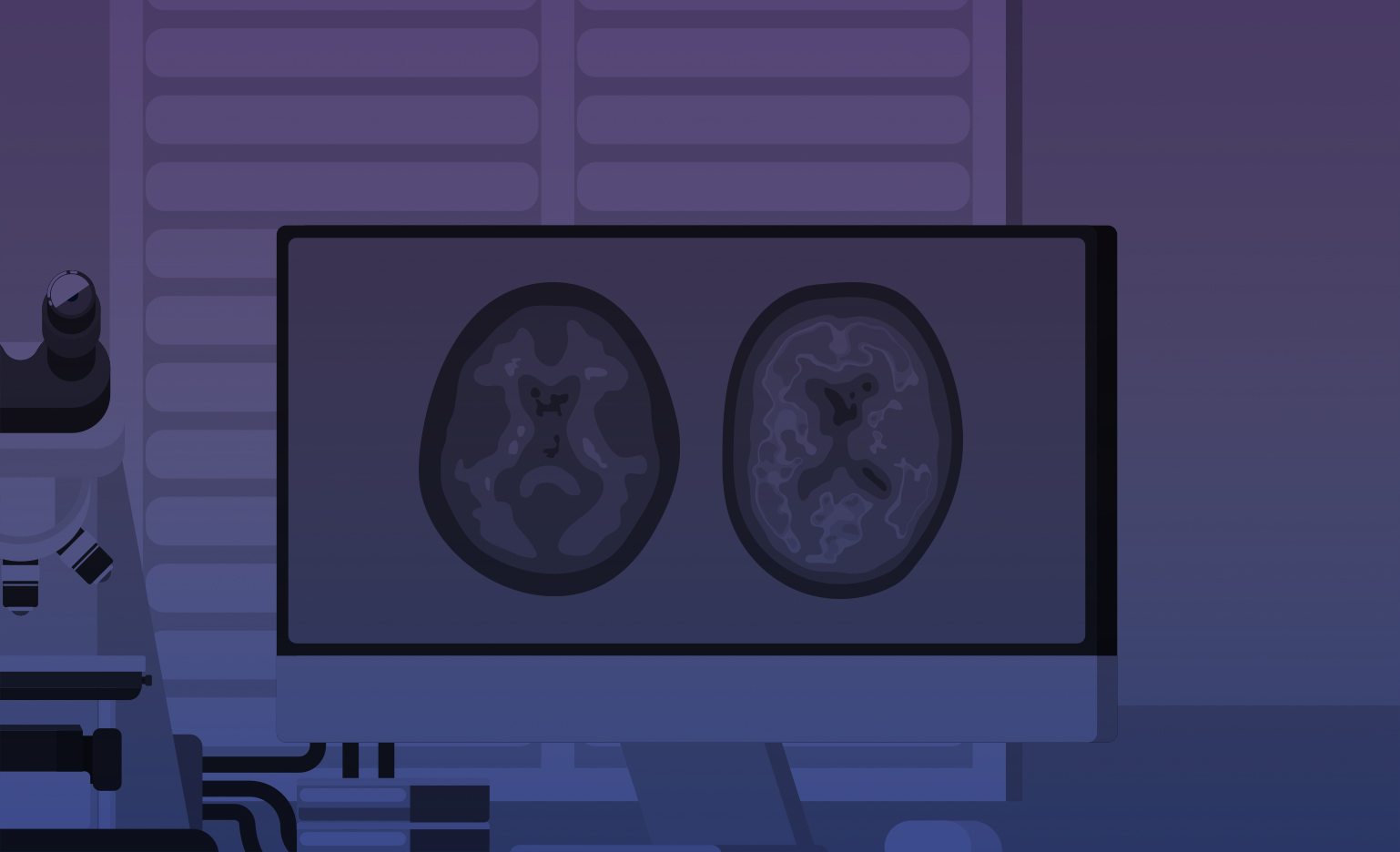ALS Therapy Development Institute
ALS Therapy Development Institute
Preclinical TDP43 Mouse Model
(300 WORDS MAX.)The availability of TDP43 animal model offers an exciting opportunity for preclinical work in neurodegenerative diseases. Relevant to Amyotrophic Lateral Sclerosis (ALS), Frontotemporal Dementia (FTD), Alzheimer's Disease (AD), and Parkinson's Disease (PD), the newly available mouse model represents a new tool for drug screening. Many reports have focused on the need for the establishment of best practices in the use of such animal models. The ALS Therapy Development Institute (ALS TDI) has developed and published best practices and guidelines for use of the SOD1 mouse model, and seeks to do the same for the TDP43 model. The outcome of the project will standardize the use of the model, improve the interpretability of preclinical results and, improve the attrition rate of costly clinical trials.ALS TDI is uniquely poised and experienced to run this project for the benefit of the neurodegenerative research community. The Institute is prepared with over 14,000 square feet of laboratory space in Cambridge, Massachusetts, an animal capacity of 3000, and a dedicated colony of TDP43 mice available for studies. ALS TDI's staff of 25 full time scientists brings to bear the experience of conducting over 300 animal studies, testing over 100 therapeutic candidates for ALS since 2001. It's 2008 publication, Design, power, and interpretation of studies in the standard murine model of ALS , speaks to the Institute's expertise relevant to this project.

